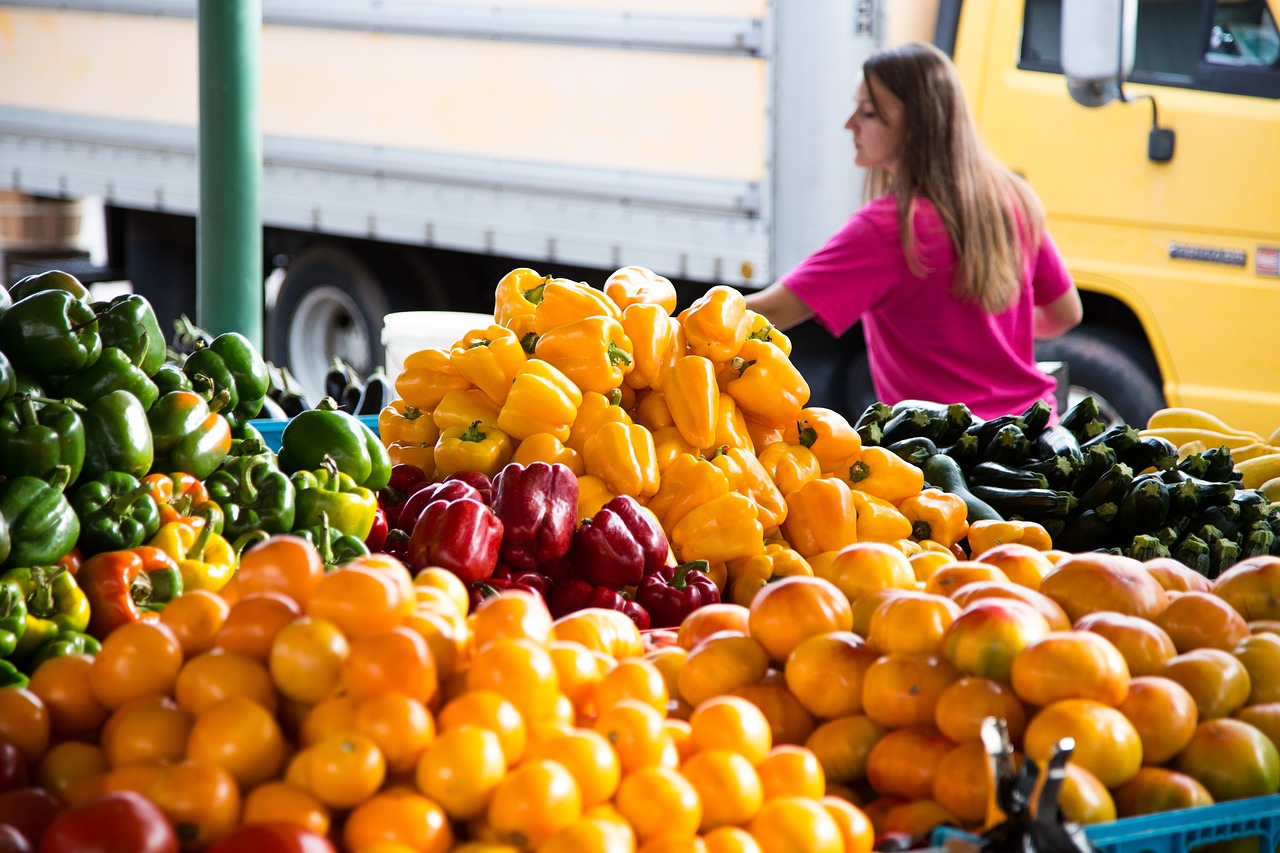Widely Accepted Vision for Agriculture May Be Inaccurate, Misleading
Published: February 22, 2017
“Food production must double by 2050 to feed the world’s growing population.” This truism has been repeated so often in recent years that it has become widely accepted among academics, policymakers and farmers, but now researchers are challenging this assertion and suggesting a new vision for the future of agriculture.
Research published in Bioscience suggests that production likely will need to increase between 25 percent and 70 percent to meet 2050 food demand. The assertion that we need to double global crop and animal production by 2050 is not supported by the data, argues Mitch Hunter, doctoral student in agronomy, in Penn State’s College of Agricultural Sciences. He says the analysis shows that production needs to keep increasing, but not as fast as many have claimed.
However, clarifying future food demand is only part of the story.
“In the coming decades, agriculture will be called upon to both feed people and ensure a healthy environment,” said Hunter. “Right now, the narrative in agriculture is really out of balance, with compelling goals for food production but no clear sense of the progress we need to make on the environment. To get the agriculture we want in 2050, we need quantitative targets for both food production and environmental impacts.”
Specifying quantitative targets, the researchers contend, will clarify the scope of the challenges that agriculture must face in the coming decades, focusing research and policy on achieving specific outcomes.
“Food production and environmental protection must be treated as equal parts of agriculture’s grand challenge,” says study co-author David Mortensen, professor of weed and applied plant ecology, Penn State.
These new findings have important implications for farmers. Lower demand projections may suggest that prices will not rise as much as expected in coming decades. However, the authors note that economic forecasting models already are based on up-to-date quantitative projections, so price forecasts may not be affected greatly by this new analysis.
At the same time, farmers will need to ramp up efforts to hold nutrients on their fields, reduce greenhouse gas emissions and improve soil health.
This analysis builds on the two most commonly cited food-demand projections, one from the United Nations Food and Agriculture Organization and one led by David Tilman, a prominent ecologist at the University of Minnesota. Hunter and his colleagues did not dispute these underlying projections; they simply updated them to help reframe the narrative.

